On November 4th, the Senate passed Sen. Joni Ernst’s bipartisan Critical Infrastructure Manufacturing Feasibility Act (S.1872), which orders the Commerce Department to study which products used across the nation’s 16 critical infrastructure sectors are in high demand, being imported due to capacity constraints, and could feasibly be made in the United States, including in rural industrial parks. The measure was advanced by unanimous consent and now heads to the House.
The committee report lays out the charge plainly: identify the parts and materials that keep power, water, communications, transportation, and other systems running; analyze costs and benefits of reshoring; flag regulatory barriers; and deliver an unclassified public report within 18 months. A Congressional Budget Office note pegs the expected federal outlay at about $1 million – small money for potentially valuable supply-chain intelligence.
Why This Matters
The “critical infrastructure” umbrella (defined in Presidential Policy Directive-21) encompasses 16 sectors, including energy and water, healthcare, finance, and the defense industrial base. A sober, public inventory of import-dependent components in these sectors is overdue, especially after the pandemic exposed brittle links.
A Helpful Map, But Not The Destination
From our vantage point, this is a pragmatic step with modest cost and a clear deliverable. It should spotlight specific parts that can be reshored and where. But it is, by design, a study, not a mandate, procurement rule, tax credit, or financing tool. The value will hinge on what Congress and agencies do with the findings: directing Buy American enforcement, closing loopholes, and aligning grants and loans to rebuild capacity where the study shows it’s viable.
Two policy gaps loom large. First, the flood of small-value imports entering duty-free under the de minimis exception has supercharged reliance on overseas suppliers for everyday inputs; federal researchers and trade analysts have documented how this pathway helps offshore platforms penetrate the U.S. market at scale. Any reshoring roadmap that ignores this valve will understate the headwinds facing domestic producers.
Second, agencies still grant Buy American Act exceptions and waivers when items aren’t “reasonably available” domestically. GAO has long urged stronger documentation and transparency around those decisions. The Ernst bill can identify candidates for onshoring; pairing its findings with tighter waiver oversight would translate research into factory orders.
Bottom line: passing S.1872 is a win for transparency and planning. If the House concurs and Commerce delivers a serious public report, Congress should quickly follow with targeted procurement rules, financing, and training that steer demand to American plants, especially in rural industrial parks, the bill highlights. Mapping the problem is a start; converting that map into purchase orders and paychecks is the measure that matters.

